Understanding Left-Turning Tendencies in Airplanes
Northstar VFR
MARCH 16, 2025
Torque is most noticeable when power is applied suddenly for example, during takeoff. This force pushes the tail to the right, causing the nose to yaw left. When the aircraft is in a climb, the descending blade meets the relative wind at a greater angle, producing more lift (thrust). So what does that mean exactly? The result?

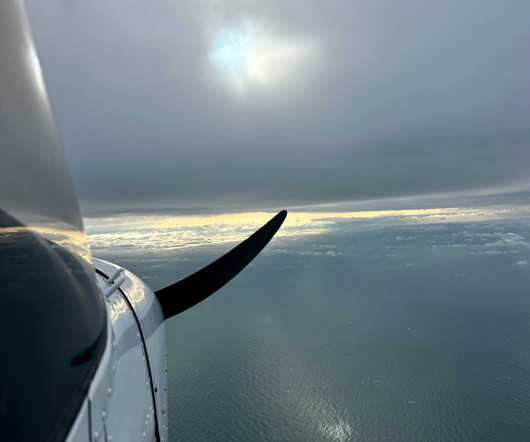


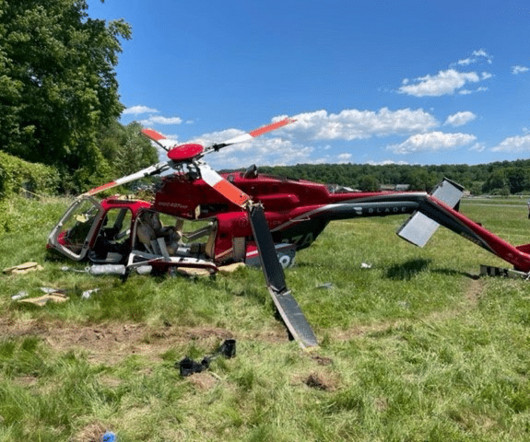
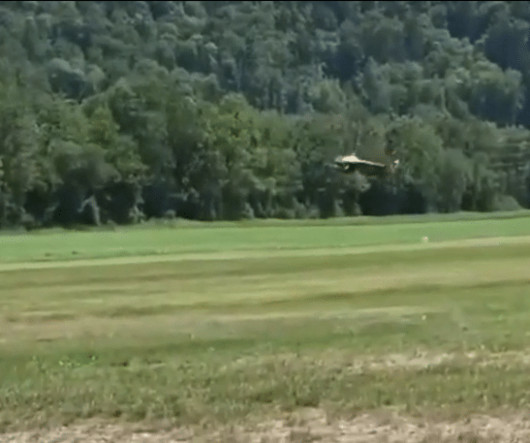
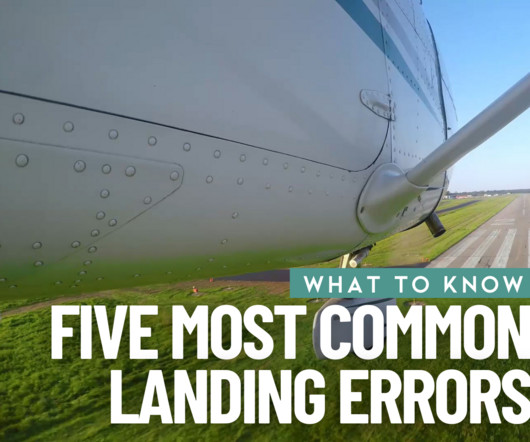

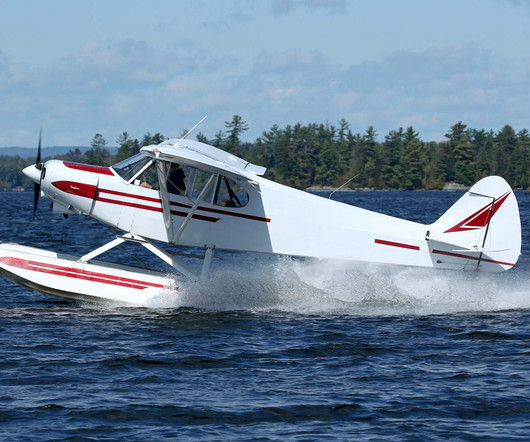
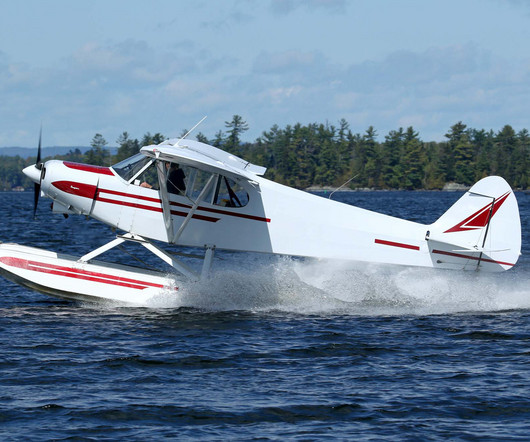








Let's personalize your content